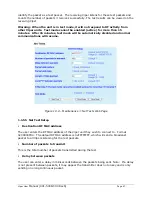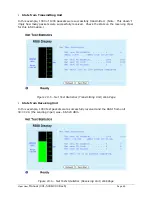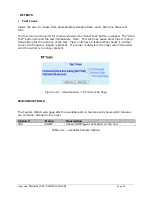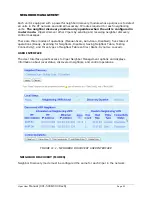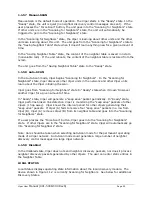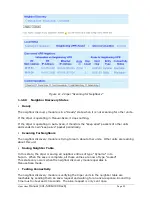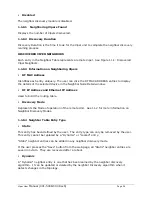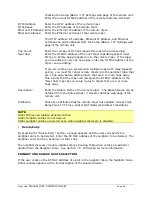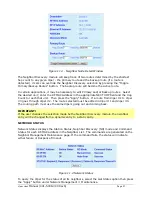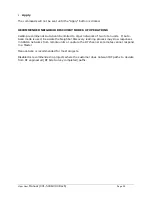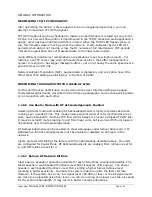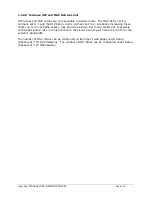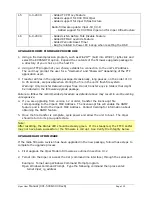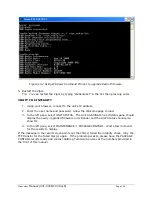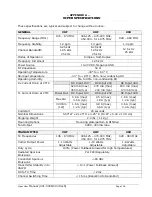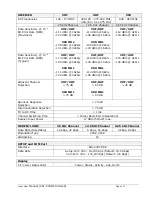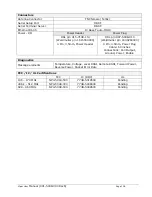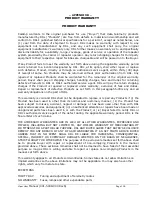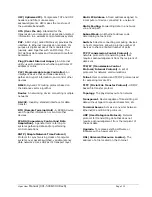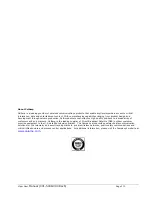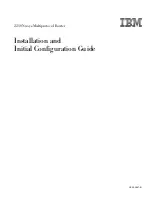
Viper User
Manual (001-5008-000 Rev6)
Page
100
NETWORK OPTIMIZATION
MAXIMIZING TCP/IP THROUGHPUT
After optimizing the Airlink, if there appears to be an unexplained speed loss, you can
attempt to maximize TCP/IP throughput.
TCP/IP throughput can be a challenge to measure as performance is related not only to the
RF link, but how well flow-control is implemented in the TCP/IP stack and each application’s
design. Viper has been optimized with this in mind. When the TX/RX LED flashes green or
red, this indicates data is moving across the network. It also indicates (by the LED OFF
periods) when data is not moving across the RF network at full rated speed. OFF periods
indicate the application has not presented data to the Viper radio modem.
Using different client/server combinations or applications may show improvements. For
instance, one FTP server may work 30% faster than another; the buffer management is
quicker to respond or has bigger message buffers – yet run at nearly the same speed over a
pure Ethernet (no RF) link.
Network Address Translation (NAT), payload data compression, and encryption have little
effect other than adding a small latency to the flow of traffic.
MAXIMIZING THROUGHPUT WITH A WEAK RF LINK
Further performance optimization can be done via the User Interface Setup web pages.
Fundamental adjustments, described in the following paragraphs, can be changed singularly
or in conjunction with each other.
1.1.66
Use Router Mode with RF Acknowledgements Enabled
Selecting Router mode and enabling RF Acknowledgements is highly recommended when
running over a weak RF link. This mode ensures several levels of retry mechanisms are at
work, each optimized to minimize TCP flow control delays or prevent a dropped TCP/IP link.
It requires some IP route planning to and from Viper units, but is well worth the increase in
link stability over the simple Bridge mode.
RF Acknowledgements can be enabled on Viper web pages under Setup (Advanced)
D
IP
Optimization. RF Acknowledgements must be enabled or disabled on all Vipers in the
network.
Vipers are tested for BER at the factory with the optimizations described above. The units
are configured for Router Mode, RF Acknowledgements are enabled, MAC retries are set for
2, and OIP retries are set for 2.
1.1.67
Reduce RF Network Bit Rate
Viper has two speeds of operation available for each of the three channel bandwidths. The
faster speeds in each bandwidth utilize 4-level FSK (frequency shift keying.) The slower
speeds in each bandwidth utilize 2-level FSK, yielding a higher Signal-to-Noise level
resulting in better sensitivity. Normally the system is able to utilize the faster bit rate.
However, if the system has a very low signal level (-95 dBm or less) or the RF signal levels
are close to an elevated noise floor level, you can try running at a slower over-the-air speed
for the system’s bandwidth. It may result in better overall performance.


